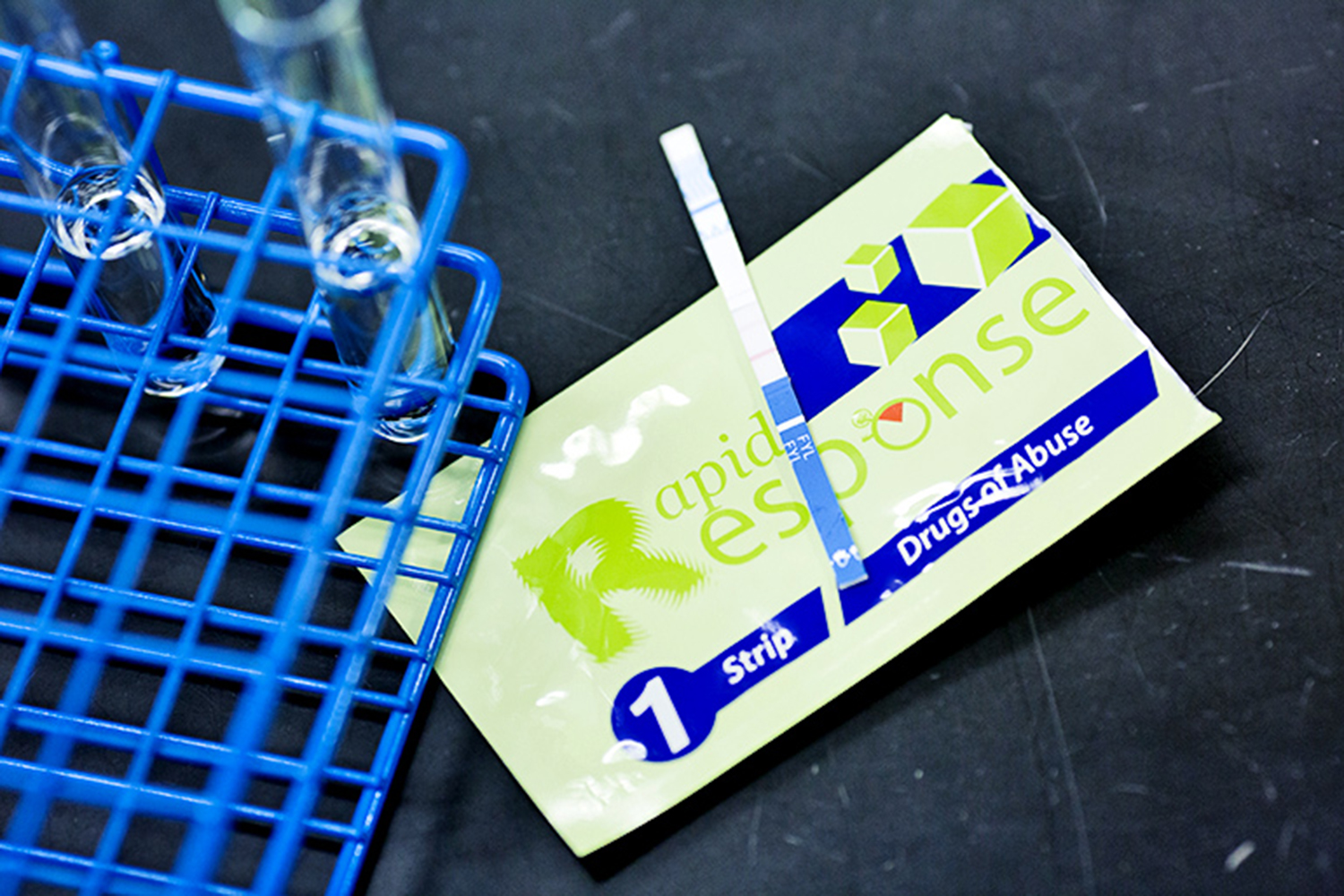The United States is in the midst of an opioid crisis, which President Trump recently requested more than $13 billion to help control. At the heart of the epidemic is what seems to be an ever-changing supply of drugs making their way on to the streets. Not least of these is fentanyl, a synthetic painkiller often mixed with heroin but many times more potent. It can be fatal even in small doses and was responsible for more than 20,000 deaths in America in 2016, according to the National Institute of Drug Abuse.
Now, researchers have shown that low-cost test strips can be used to detect fentanyl in street drugs, warning opioid abusers of its presence and potentially saving them from a fatal overdose. A recent study by researchers at Johns Hopkins University and Brown University showed that these strips, which cost about $1 each, can assist drug users while informing a public discussion about one of the leading causes of the opioid crisis.
“[Our study] was a multifaceted approach to try to understand if these kinds of technologies work and how they will be accepted by people who need to accept them,” Susan Sherman, a professor of health, behavior, and society at Johns Hopkins, told Digital Trends. “Meaning either drug users of [health] service providers.”
Sherman and her colleagues ran the study in multiple parts, checking the validity of three drug-testing technologies, speaking to 335 drug users, and interviewing 32 representatives from groups that work with drug users. Through their research they found that the low-cost strip had the lowest detection limit and the highest sensitivity in a comparison with more high-tech technologies, and that both drug users and social workers welcomed the strips as a way to keep people safe.
“The strips are really great, particularly in markets where you don’t know how much fentanyl there is,” Sherman said. “If 100 percent of the drugs test positive for fentanyl, you don’t necessarily need to test the drug. But since we never really know the [street] drug market, it’s useful to have strips.”
Sherman responded to the criticism that such tools may enable drug abusers to use more drugs by pointing to decades of evidence from syringe exchange programs, which show that such programs don’t increase drug use.
“It’s misguided thinking that drug users don’t want to protect themselves or their well-being like anybody else would,” Sherman said. “This is a way to help support that.”



